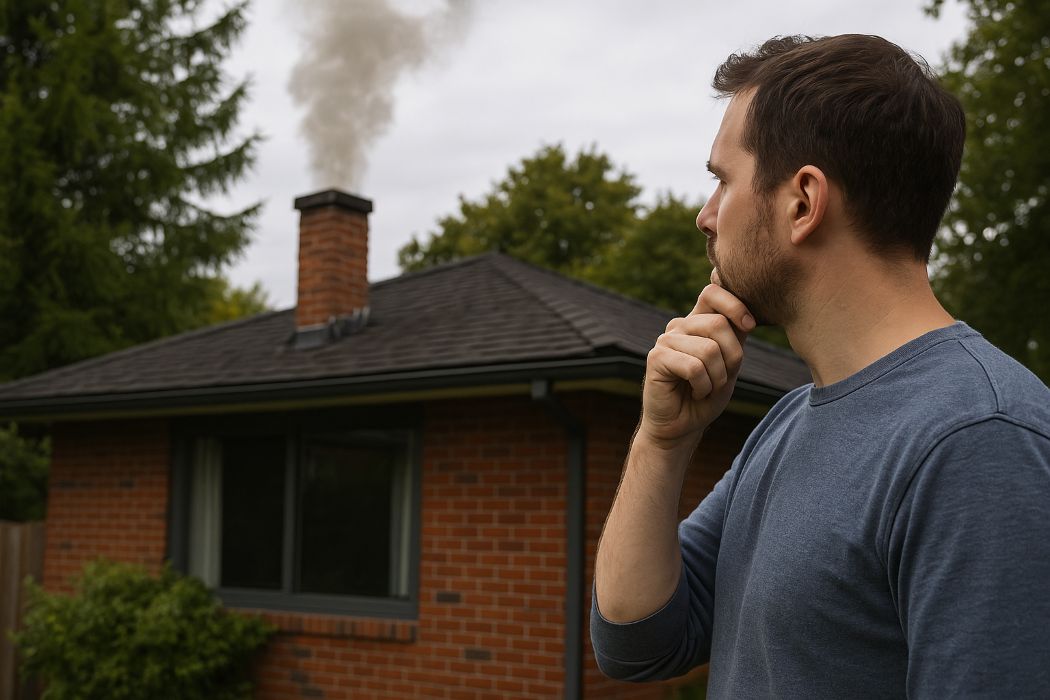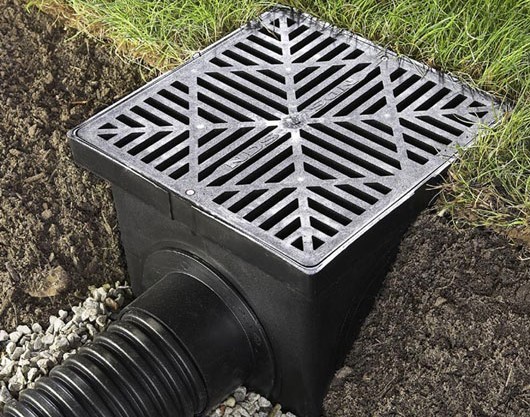There’s nothing quite like the comfort of a fireplace on a Wellington winter night. But behind every cosy fire is a set of rules designed to keep our air clean and our homes safe. Whether you’re upgrading your current unit or installing a new one, understanding the local regulations could save you from costly mistakes and help you choose a fireplace that works for both your family and the environment.
Most homeowners know they can’t just install any fireplace they like, but few realise how detailed and localised the rules really are. And while some regulations may feel restrictive, they exist for good reason. Many areas in Wellington have winter air quality issues caused in part by smoky home heating.
TL;DR
- Wellington homes must follow national emissions standards for new wood burners (especially for urban properties under 2 hectares).
- Local council rules ban smoky fires, unsafe installations, and burning treated or toxic materials.
- Choosing a compliant fireplace and using the right fuel keeps you safe, legal, and smoke-free.
- Building consent is required for most solid fuel heaters, and poor installations can lead to expensive compliance issues.
- Operating your fireplace correctly is just as important as choosing the right model.
Why Fireplace Rules Exist And Why They Matter
Wellington’s air quality drops in winter, especially in areas like Wainuiomata, Masterton, and Upper Hutt where cold air sinks and traps smoke close to the ground. During still, cold nights, this creates a thick layer of pollution that can irritate lungs, worsen asthma, and raise health risks, especially for the elderly and children.
To tackle this, both the Greater Wellington Regional Council and Wellington City Council have set clear, enforceable rules around fireplaces and indoor burning. The goal is simple: reduce harmful smoke (especially fine particles like PM2.5 and PM10) and stop nuisance fires that lead to neighbour complaints, poor health, and avoidable pollution.
These rules affect the kind of fireplace you can install, how you install it, and even what you burn in it.
What the Law Says About Fireplaces
1. Only Certified Fireplaces Are Allowed (Mostly)
If your property is under 2 hectares, which includes almost all urban homes in Wellington, you can only install a wood burner that’s on the Ministry for the Environment’s “authorised” list. These appliances meet strict emissions requirements: no more than 1.5 grams of particulates per kilogram of wood burned, and a minimum thermal efficiency of 65%.
What does this mean for you? If your dream fireplace isn’t on the list, it’s not legally installable. So always check with your supplier or installer first.
2. You’ll Need a Building Consent
Installing a fireplace isn’t a DIY job. Wellington City Council requires a minor works building consent for any solid fuel heater: wood burner, pellet fire, or built-in unit. You’ll also need a Code Compliance Certificate once it’s installed.
Why? Because fireplaces need to meet NZ Building Code standards for safety. That includes:
- Correct clearances from walls and flammable surfaces
- Proper flue design and installation, including height and venting
- Protection of surrounding materials (like hearth pads and wall shielding)
- Structural stability and safe operation
Missing any of these requirements can delay your project or worse, force you to remove a non-compliant install.
3. No Nuisance Fires Allowed
Wellington’s Fire and Smoke Nuisance Bylaw 2008 is clear: you cannot operate your fireplace in a way that creates visible smoke or odours that disturb your neighbours. Council officers can investigate complaints, issue warnings, and in some cases, require changes or stop use altogether.
A lot of this comes down to operation. Burning wet wood, starting fires with paper or softwood kindling, or turning your fireplace down too low can cause incomplete combustion and that’s when the smoke rolls out.
If you’re wondering how your fireplace performance stacks up, you might also want to read why Wellington chimneys get blocked so quickly.
4. Burning the Wrong Stuff Is Illegal
Greater Wellington Regional Council explicitly prohibits burning rubbish, plastics, painted wood, treated timber, and even some types of composite wood products. These materials release harmful toxins into your home and into the air outside.
Not only is this illegal, but it also damages your fireplace, creates dangerous residue in your flue, and increases the chance of chimney fires. Stick with dry, seasoned, untreated hardwoods, which are ideally stored undercover for at least 12 months.
5. Air Quality Monitoring Is Getting Stricter
The region monitors air quality in key zones like Lower Hutt, Masterton, and Wainuiomata and reports show spikes in winter due to home heating. As more emphasis is placed on climate goals and public health, these regulations may tighten even further.
Choosing a compliant fireplace now means you’ll be ahead of future changes and won’t be forced into costly upgrades later.
Choosing the Right Fireplace: The Practical Stuff
Pick a Compliant Model
Use the Ministry for the Environment’s authorised wood burners list. Brands like Stûv, Masport, Metro, and Woodsman often offer high-performance, low-emission options suitable for Wellington homes. Ask your installer to confirm the model is approved before committing.
Think About Airflow and Draft
Wellington’s infamous winds can wreak havoc on poorly designed flues. If the termination point is too low or positioned badly, downdrafts can blow smoke back into the room. Some homes in elevated or coastal areas may require specialised cowls or twin-wall flue systems to prevent backflow.
This is why installation isn’t one-size-fits-all. What works in one suburb may not work in another.
Get Professional Installation
This cannot be overstated. A licensed fireplace installer will know how to meet building code, regional regulations, and site-specific challenges. They’ll also handle the paperwork and ensure your setup qualifies for code compliance.
Even better, they’ll give you tips on how to operate your fireplace for minimal smoke and maximum efficiency, keeping both your neighbours and the Council happy.
What Happens If You Don’t Comply?
- You could face fines, abatement notices, or be forced to remove the fireplace entirely.
- Your insurer may decline claims if the damage involves an illegal or non-compliant installation.
- Complaints from neighbours can lead to council investigations and potential legal action.
In short, non-compliance isn’t worth the risk, especially when the right setup can heat your home efficiently and legally.
A Smarter, Cleaner Way to Heat Your Home
Fireplaces are a brilliant heating solution when they’re chosen and used wisely. With Wellington’s mix of hills, valleys, seaside breezes, and strong winds, getting it right takes more than picking something stylish.
By following the regulations, choosing an approved model, using the right fuel, and keeping your unit properly maintained, you’ll avoid hassle and enjoy years of warm, worry-free winters. And let’s be honest: When the southerly rolls in and the rain lashes down, there’s no better feeling than sitting beside a fire you know is built right and burning clean.


